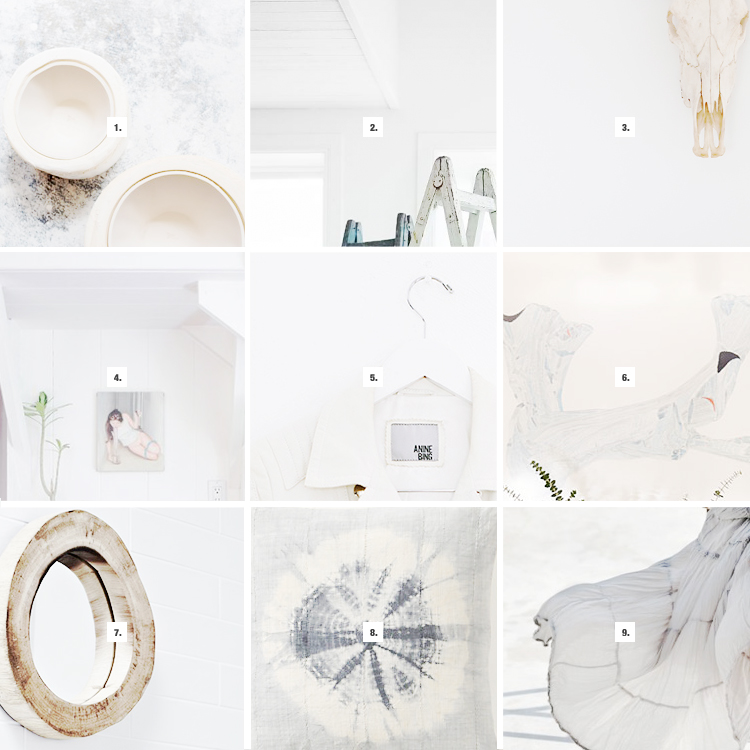
Hi Guys! I’m in Denver doing a little scouting for an upcoming adventure (more on that soon) and wanted to stop in and share some of my favorite links I’ve found recently while scouring the net. Thanks to all of you who said they enjoy this feature. I think I’ll keep it around for a while longer 😉
Notables This Week:
1. A dreamy ceramic studio
2. The colors and patterns of this spring post
3. This beautiful South African estate
4. A cozy cottage via Design Sponge
5. A fashion designer’s studio space
6. This entire photoshoot for Kinfolk
7. Love the rustic touches
8. Beautifully dyed pillow
9. This photo gets me excited about our honeymoon


